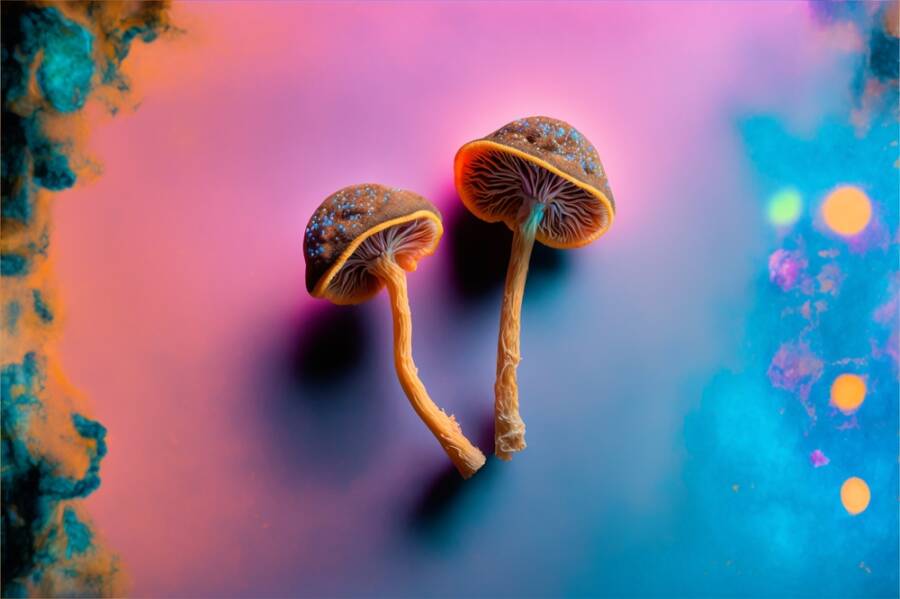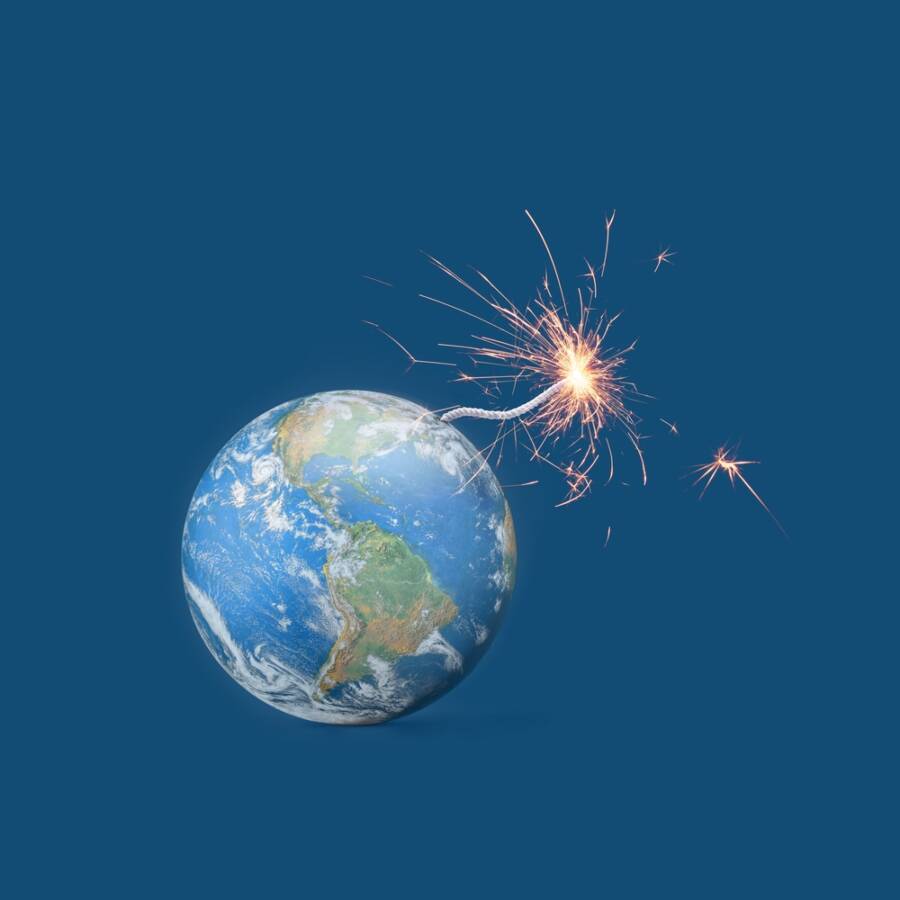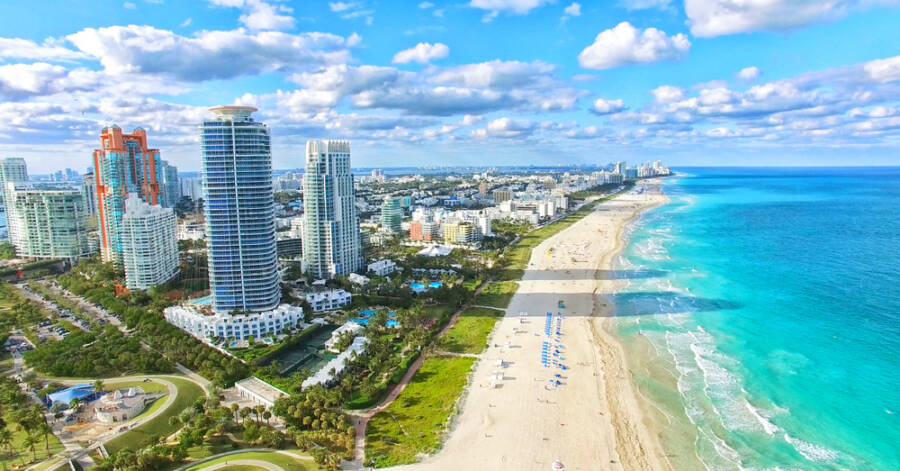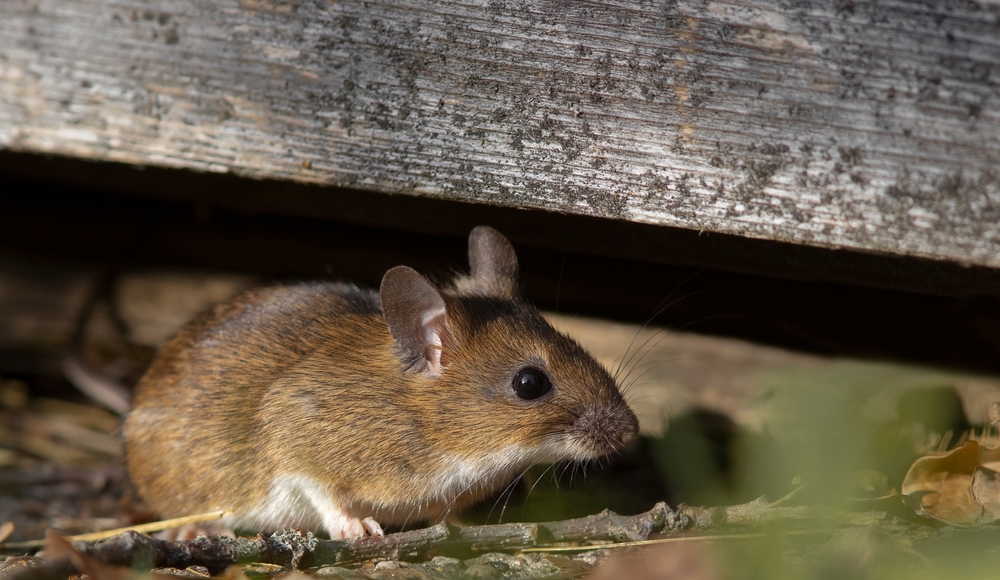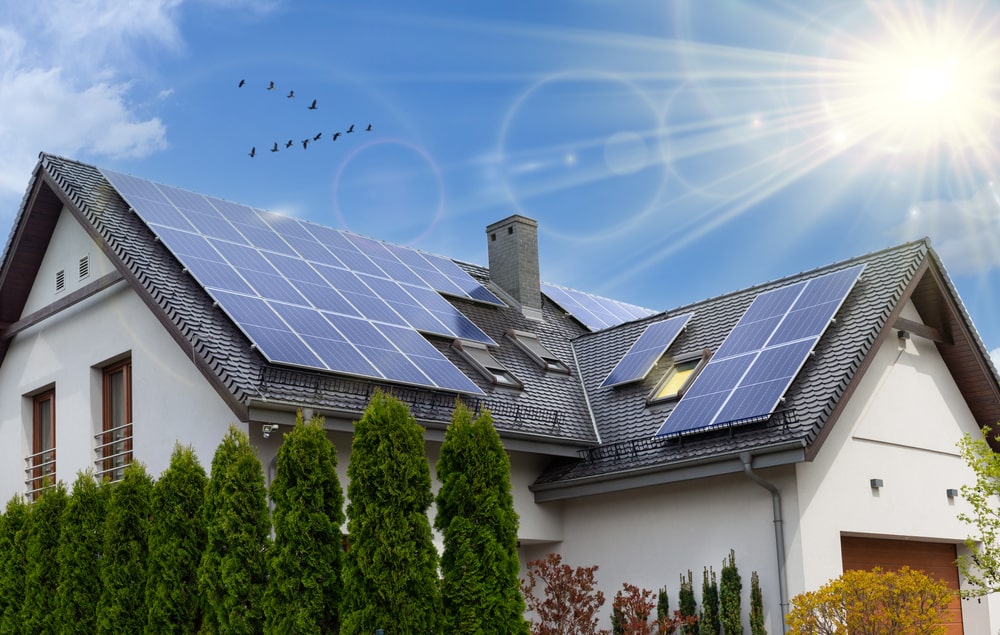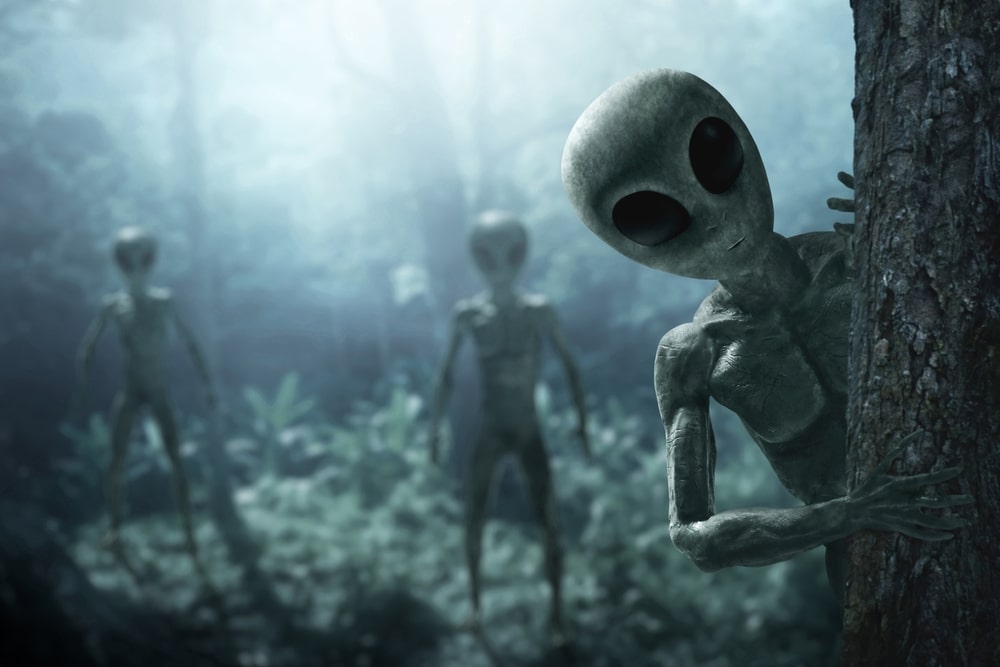Some of The Most Beautiful Places in The World that Naturally Glow:
If you need your daily dose of sparkle, then you are going to love this article. As you well know, not all the lights go out after the sun goes down. As a matter of fact, there are certain places in the world where these lights illuminate even harder, with powerful glowing orbs and neon sparkles.
Some of them are made by humans, such as glow-in-the-dark murals that usually wake up after sunset or even walk-through attractions specifically dedicated to beautiful neon and light sculptures.
Moreover, many of them are the handiwork of Mother Nature. From bioluminescence that lights up beaches and bays to caves that light up with thousands of glowworms, here are some of the most beautiful places that naturally glow:
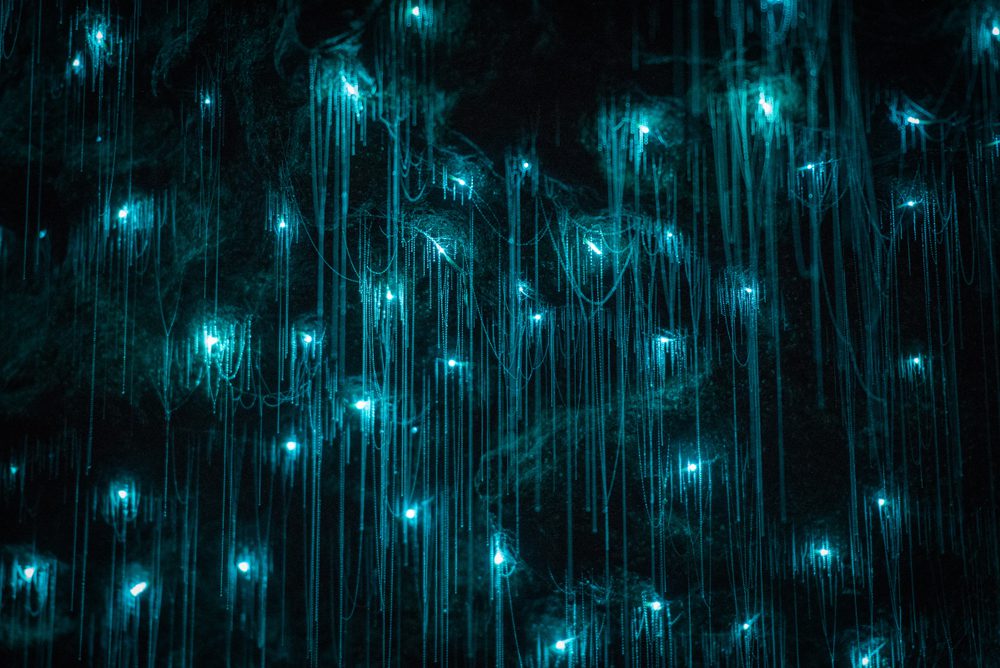
Waitomo Glowworm Caves, New Zealand
The caves on New Zealand’s North Island are home to an entire galaxy of glowing creatures that instantly transform those dark and dingy spaces into living light installations. This unique species of glowworm, Arachnocampa luminosa, can only be found in New Zealand. They dangle delicately in the caves along the Waitomo River. It is believed that their light is a device to attract food.
The Waitomo glowworm is the larva of a fly or fungus gnat. These creatures glow in the dark, as they are filled with a blue-green bioluminescence that illuminates the natural grottoes. Generally, there are organized tours in those specific caves, where visitors can easily take a boat ride through the caves and gaze up and around them at the light spectacle.
There’s also an upper level of cave formations, such as the tall chamber known as the Cathedral, which is beautifully lit by multiple glistering creatures.
Moonbow, Cumberland Falls, Kentucky, USA
The eponymous cascade of Cumberland Falls State Resort Park is absolutely perfect to look at in the daytime. On full moon days, for instance, it’s even more special. That’s when a “moonbow” or lunar rainbow can be easily seen emerging from the waterfall, which usually happens to be one of the biggest waterfalls south of Niagara.
It is also one of the few places where this type of natural phenomenon can be seen. It is created by moonlight that’s reflected in the mist.
Neon Museum, Las Vegas, Nevada, USA
Probably one of the last attractions in Las Vegas is a graveyard for old neon signs. Or, it would be much better to describe it as a retirement home since the Neon Museum saves various pieces from motels, hotels, restaurants, and bars.
Their main goal is to restore them to their former glory. The display in the outdoor “boneyard”, where different paths weave between enormous piles of letters and images, is no less than fascinating in daylight. However, it is far more spectacular at night.
Signs are illuminated against the dark sky, which unleashes a riot of clashing and flashing neons that help visitors immerse themselves in a retro reverie. The yard opened in the 1990s, and it now holds some of the most iconic signs in the city.
Most of these signs were thought to be lost; from a guitar that once belonged to the Hard Rock Café to the huge sign from the Stardust Resort and Casino, which was later demolished in 2007, everything you can imagine is there.
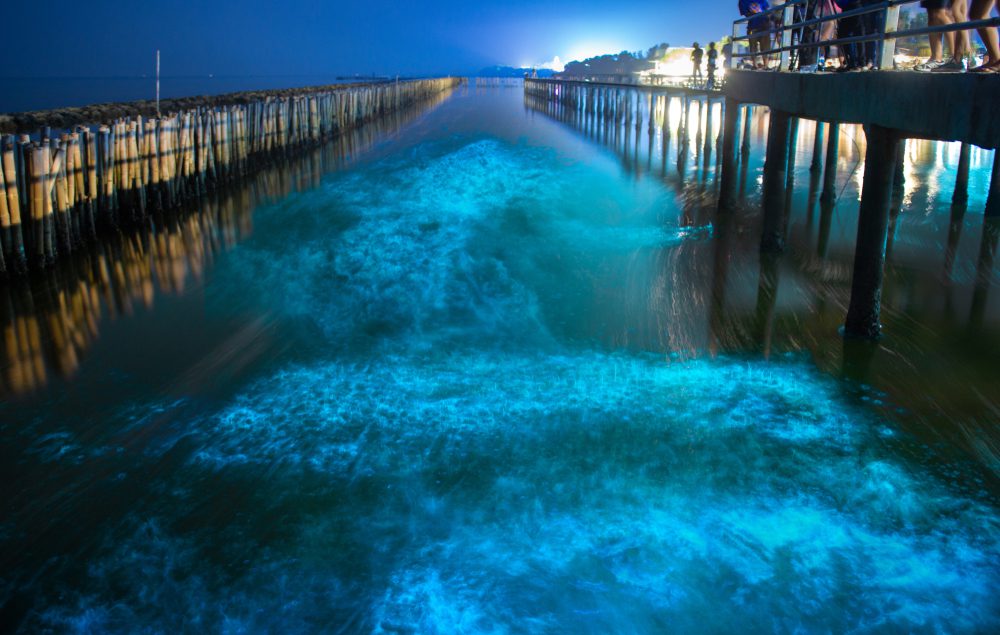
Bioluminescence, Krabi, Thailand
The waters around Krabi, located on the west coast of southern Thailand, are filled with small bioluminescent marine plankton, or dinoflagellates, which make gorgeous streams of sparkling blue light when they are disturbed. Railay Bay is especially famed for this beautiful spectacle. Here, people can swim, snorkel, and even stand-up paddle through the glittering waters around the new moon.
Fireflies, Great Smoky Mountains, Tennessee, USA
Synchronous fireflies, which usually flash in unison, making a beautiful “blinking effect”, are particularly rare, and Elkmont in Great Smoky Mountains National Park is seen as one of the best places in the world to see such creatures. The park is also the home of no less than 20 different species of fireflies.
Some of them are active throughout the day, while others use light patterns and flashes to communicate with each other at dusk. However, bugs that fall into the last category also create a wonderful natural light that can be seen each and every year.
The Photinus carolinus and synchronous fireflies put on their dazzling display throughout their mating season, which usually lasts for a fortnight around late May to early June. From time to time, they flash out of synch, making these wonderful swirls of light all over the forest floor and hillsides like trails and a thousand sparklers.
When they add together, they also produce short bursts of light with periods of darkness in between.
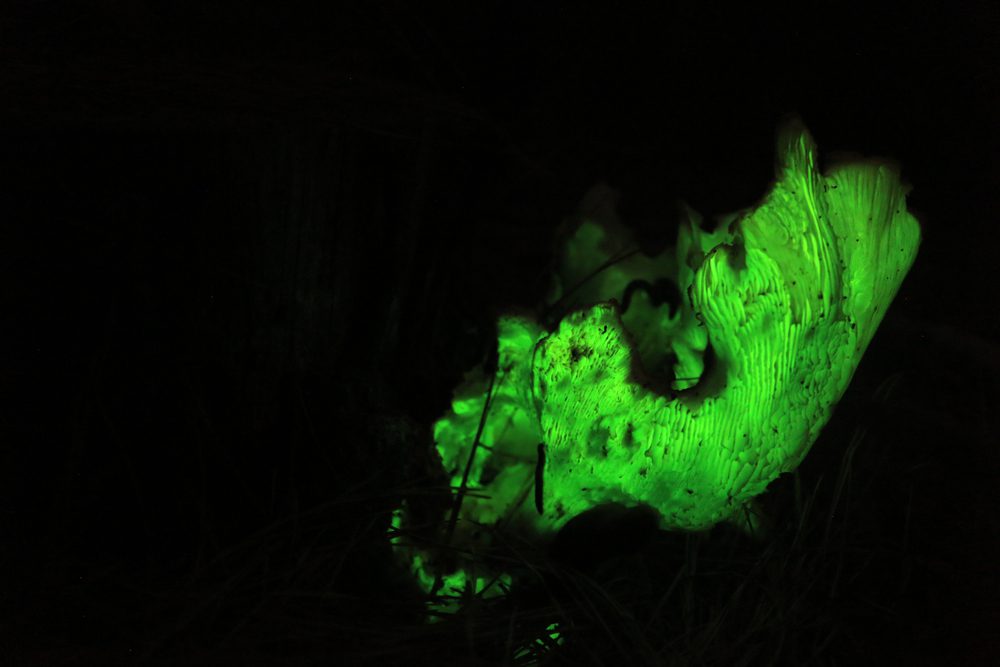
Ghost Mushroom Lane, Glencoe, South Australia
Ghost Mushroom Lane, located on South Australia’s Limestone Coast, is as wonderful and weird as it sounds. The attraction is particularly dedicated to the ghost fungus Ompholatus nidiformis, which beautifully displays an eerie yellow-green color after dark.
Even if it looks a bit like an oyster mushroom by day, it is as poisonous as the name suggests. The luminosity is mainly due to a chemical reaction between the mushrooms’ enzymes and oxygen.
The beautiful and bizarre mushrooms can be found mostly in southern Australia and Tasmania, but some clusters have also been reported in India. They grow in the autumn and winter. Ghost Mushroom Lane, on a mushroom breeding ground, generally opens in May and June, allowing people to peer at the fungi for a closer look.
They keep on growing along the paths that weave through pine forests, reaching up to eight inches in width.
Neon fungi, Ranomafana National Park, Madagascar
There are many strikingly strange creatures in the beautiful forests of Madagascar, especially in Ranomafana National Park. There, you’ll see red-bellied and ring-tailed lemurs, and even geckos camouflaged as leaves, so you better be careful!
However, it would take a very particular mushroom to shine and hog the limelight. This bioluminescent number is probably one of the many unusual fungi built around the forest floor and sprouting from trees.
Van Gogh-Roosegaarde cycle path, Netherlands
This is known as an ode to Vincent van Gogh (here are his paintings), and I personally think it is absolutely beautiful. Besides, there’s nothing more Dutch than this. It is a cycle path that weaves its way past two windmills and naturally glows in the dark.
The path runs for 1,969 feet (600m) just outside Eindhoven and is part of a bigger route developed by artist Daan Roosegaarde. It has thousands of colored stones that are charged up by sunlight. They glow at night, revealing small fragments of Van Gogh’s well-known painting “Starry Night”.
Fireflies, Prachinburi, Thailand
The forest around Prachinburi, a province in central Thailand to the east of Bangkok, is also home to some of the most astonishing displays of fireflies that naturally glow in the dark. There are tens of thousands of magical little creatures that flash as part of their mating display.
And it was a wonderful display. The synchronized flashes resemble bright yellow fairy lights or even Chinese lanterns seemingly making their way around the trees.
If you’re interested in reading other articles, here’s what we recommend: Top 5 Biggest Science Failures of the Last 30 Years


